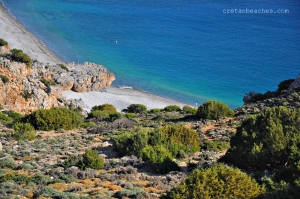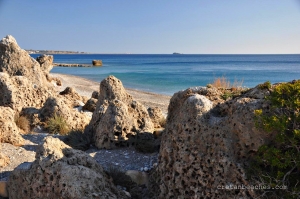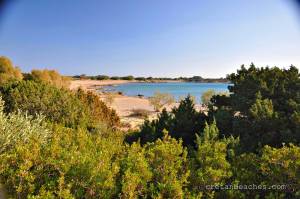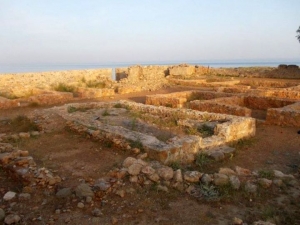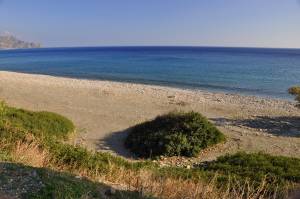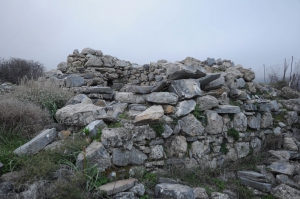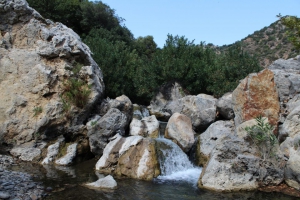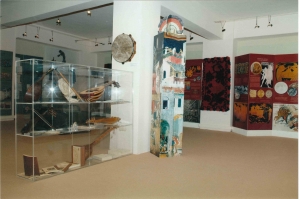The beach of Krios is located about 10km west of Paleochora and 90km south of Chania, on the east side of Krios Cape. It is a lovely secluded beach with a length of about 1km, which is divided into three consecutive bays with fine pebbles and coarse sand.
The Coves of Paleochora are consecutive small bays that start 1.5 km west of Paleochora (80km south of Chania) and extend 2.5 km to the west, till Cape Grammenos. The beaches are a complex of adjacent coves with crystal clear waters and spectacular pebbles. The main road, connecting Paleochora and Koundoura, runs along the coves. For this reason, they are not preferred by nudists.
The peninsula of Grammeno(s) is located 85km south of Chania and 5km east of Paleochora, on the road connecting Paleochora with Koudoura. Koudoura is a warm area with greenhouses, where most citizens of the area work.
The fortresses built by the Venetians along the south shores of Crete were very few, perhaps because of the lack of ports and bays. One of them, however, was the fort of Selino (in the site of modern Paleochora). This fortress was built around the neck of a protrusion of land into the sea, so as to support the domination of the Venetians in the area, which was inhabited by many rebels.
Keratides is located about 1km west of Paleochora harbor, 79km south of Chania city, just after the exit of Azogirianos river and the beach Halikia. It has coarse pebbles and stones and is preferred by those who seek peace and avoid crowds.
Elyros was the most important town in southwestern Crete during the Doric and Roman Periods. Ruins are conserved 500m far from the village Rodovani atop the panoramic hill Kefala. The town had two harbors: Syia(current Sougia) and Lissos. The exact location of the town was verified by an inscription with the phrase in Greek "Glory to the people of Elyros".
At a forgotten area of the region Selino in South Chania, you will meet the well hidden gorge of Pelekaniotis River. It is the river with the most water flow in Selino and it is so important that the whole municipality of Paleochora is named Pelekanos. It has water all year round and forms a lush green valley at its exit, at Maherota location.
The museum of Acritans of Europe is housed in the center of Paleochora town, in the old boarding house. It was established on July 2006 and funded by the program "Culture 2000».






















